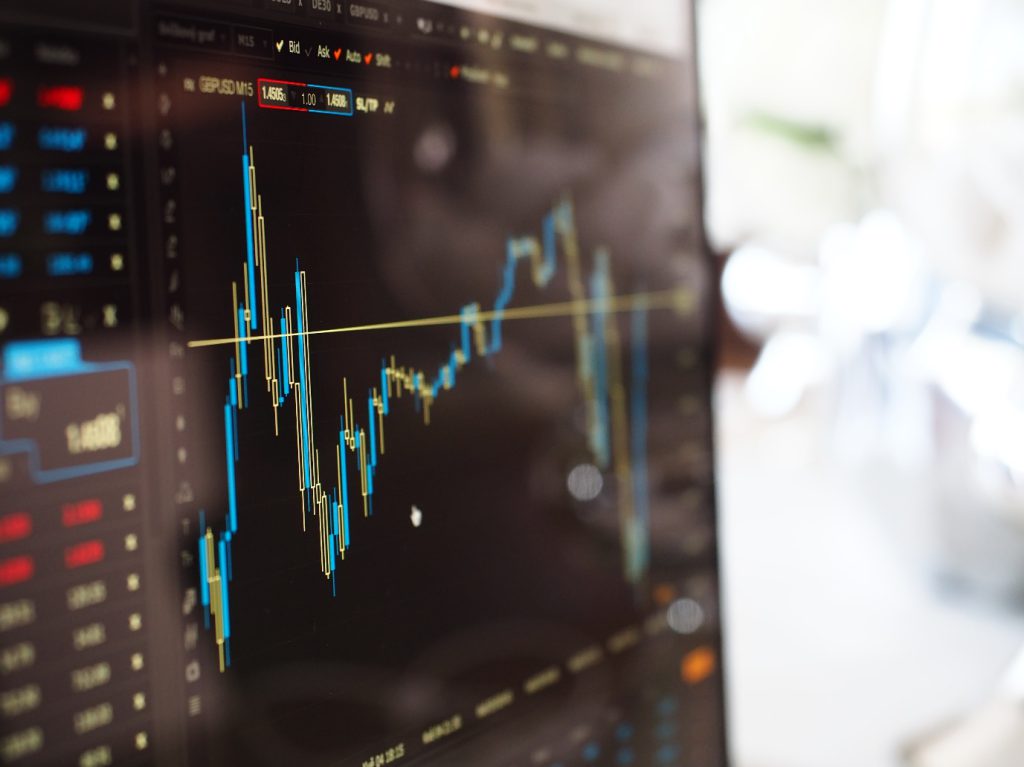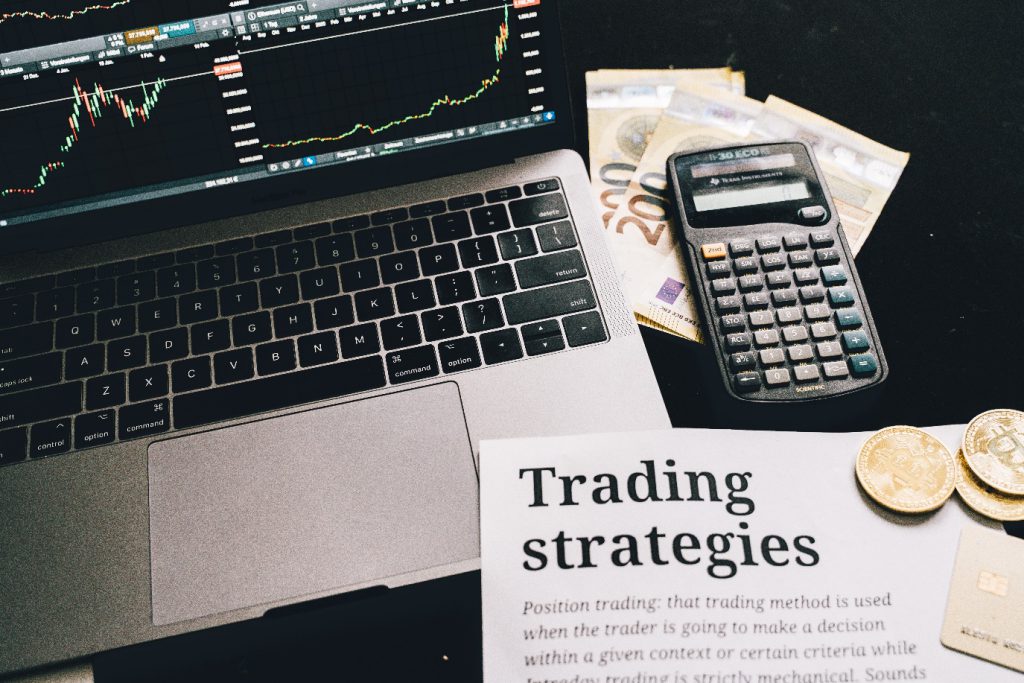In the fast-paced world of foreign exchange (Forex) trading, success is often determined by one’s ability to effectively manage risk. Understanding and implementing robust risk management strategies is crucial for traders looking to navigate the volatile Forex markets and safeguard their capital. This article will delve into the intricacies of risk management in Forex trading, outlining key principles, strategies, and tools that can help traders mitigate risks and enhance their chances of success in this dynamic financial landscape.
1. Introduction to Forex Trading and Risk Management
Overview of the Forex Market
Forex trading is like the stock market’s cooler cousin who trades currencies instead of company stocks. It’s a decentralized global marketplace where you can buy and sell different currencies, like trading your dollars for euros or yen. It’s fast-paced, exciting, and full of opportunities to make money or lose your shirt if you’re not careful.
The Role of Risk Management in Forex Trading
Risk management in forex trading is like having a safety net while walking a tightrope – it’s there to catch you if things go south. In this high-stakes game of currency trading, where fortunes can be made or lost in the blink of an eye, having a solid risk management strategy is crucial to protect your capital and prevent those heart-stopping losses.
2. Understanding Risk in Forex Trading
Types of Risks in Forex Trading
There are more risks in forex trading than a kid in a candy store – market risk, liquidity risk, credit risk, and even the risk of your cat walking across your keyboard and accidentally placing a trade. Understanding these risks is key to navigating the wild waters of the forex market without getting shipwrecked.
Factors Influencing Risk in Forex Markets
Just like how the weather affects your beach plans, various factors like economic indicators, geopolitical events, and market sentiment can influence the risks in the forex market. Being aware of these factors and how they can impact your trades is like knowing when to bring an umbrella – it helps you stay dry when the storm hits.
3. Key Principles of Risk Management in Forex Trading
Preservation of Capital
Preserving your capital in forex trading is like saving your dessert for last – you want to make sure you have something left even if the main course doesn’t go as planned. By managing your risk and not putting all your eggs in one currency basket, you can protect your trading account from blowing up like a failed science experiment.
Risk-Reward Ratio
The risk-reward ratio in forex trading is like deciding if that slice of pizza is worth the potential indigestion – you weigh the risk of heartburn against the reward of cheesy goodness. By aiming for trades with a favorable risk-reward ratio, where the potential profit outweighs the potential loss, you increase your chances of coming out ahead in the trading game.
4. Effective Risk Management Strategies for Forex Traders
Setting Realistic Goals and Risk Tolerance
Setting realistic goals in forex trading is like aiming for a bull’s eye in darts – it’s better to hit the target than wildly throw darts and hope for the best. By defining your risk tolerance and setting achievable trading goals, you can stay focused and disciplined in your trading approach, reducing the chances of making impulsive decisions.
Implementing a Trading Plan
Having a trading plan in forex is like having a roadmap for a cross-country road trip – it guides you on the journey and helps you reach your destination without getting lost. By outlining your trading strategy, entry and exit points, risk management rules, and sticking to your plan like glue, you can avoid wandering off course and falling into common trading pitfalls.
5. Utilizing Stop Loss and Take Profit Orders
Definition and Importance of Stop Loss Orders
In the wild world of forex trading, a stop loss order is like having a safety net for your trades. It’s a predetermined price at which you decide to cut your losses and bail out before things go south. Think of it as a financial parachute that protects you from free-falling into financial ruin. Using stop loss orders is crucial in managing risk and preventing catastrophic losses in volatile markets.
Benefits of Take Profit Orders
On the flip side, take profit orders are like setting a finish line for your trades. This predetermined price point allows you to lock in profits and walk away with a sense of accomplishment. It’s like hitting a jackpot in a casino and actually walking out with the winnings instead of getting greedy and losing it all back. Take profit orders help you secure your gains and avoid the temptation to get too greedy and risk losing everything you’ve worked for.
6. Diversification and Position Sizing in Forex Trading
Benefits of Diversification in Forex Trading
Diversification is like the Swiss Army knife of risk management in forex trading. By spreading your investments across different currency pairs or asset classes, you’re not putting all your eggs in one volatile basket. It’s like having a buffet of options instead of betting everything on a single dish. Diversification helps reduce the impact of a single trade going sour and can improve your overall risk-adjusted returns.
The Role of Position Sizing in Risk Management
Position sizing is like finding the perfect fit for your trades. It’s about determining the right amount of capital to allocate to each trade based on your risk tolerance and account size. Think of it as customizing your trade size to match your appetite for risk. Proper position sizing ensures that no single trade can wipe out your entire account and helps you stay in the game for the long haul.
7. Importance of Emotional Discipline in Risk Management
Common Emotional Biases in Forex Trading
Forex trading can be a rollercoaster of emotions, from the thrill of victory to the agony of defeat. Common emotional biases like overconfidence, fear of missing out, and revenge trading can cloud your judgment and lead to poor decision-making. It’s like trying to drive a race car blindfolded – a sure recipe for disaster. Recognizing and overcoming these emotional biases is essential for effective risk management in forex trading.
Strategies to Maintain Emotional Discipline
To keep your cool in the high-stakes world of forex trading, it’s important to have a game plan. Strategies like setting trading rules, practicing mindfulness, and taking breaks can help you stay grounded and make rational decisions. It’s like having a mental toolkit to combat the emotional rollercoaster and navigate the ups and downs of the market with confidence. By mastering your emotions, you can enhance your risk management skills and trade like a pro.
8. Reviewing and Adjusting Risk Management Plans
Regularly Evaluating Risk Management Strategies
In forex trading, the only constant is change. Market conditions can shift in the blink of an eye, making it crucial to regularly review and adapt your risk management strategies. It’s like fine-tuning a race car to perform at its best on different tracks – you need to adjust your approach to stay ahead of the curve. By staying nimble and proactive, you can optimize your risk management plans and adapt to the ever-evolving landscape of the forex market.
Making Adjustments Based on Market Conditions
Flexibility is key in risk management, especially in the fast-paced world of forex trading. When market conditions shift, it’s important to be quick on your feet and make adjustments to your risk management plans. It’s like changing your course when you encounter a detour on a road trip – you need to adapt to the new terrain to reach your destination safely. By staying vigilant and responsive to market changes, you can better protect your capital and maximize your trading opportunities.In conclusion, mastering the art of risk management is a cornerstone of success in Forex trading. By incorporating sound risk management principles, such as setting realistic goals, utilizing stop loss orders, and maintaining emotional discipline, traders can better navigate the uncertainties of the market and protect their investments. Remember, adaptability and a commitment to continuous improvement in risk management are key components of a successful trading strategy in the ever-evolving world of Forex.
FAQs
1. Why is risk management important in Forex trading?
Effective risk management is crucial in Forex trading as it helps traders protect their capital from excessive losses and preserve their long-term profitability. By implementing risk management strategies, traders can manage market uncertainties and mitigate potential risks associated with trading currencies.
2. How can I determine my risk tolerance in Forex trading?
Determining your risk tolerance in Forex trading involves assessing your financial goals, investment experience, and comfort level with market fluctuations. It is essential to understand how much risk you are willing to take on each trade and adjust your position sizes accordingly to align with your risk tolerance.
3. What role does emotional discipline play in risk management?
Emotional discipline is a critical aspect of risk management in Forex trading as it helps traders avoid impulsive decisions driven by fear or greed. By maintaining emotional discipline, traders can stick to their trading plan, adhere to risk management strategies, and make rational decisions based on analysis rather than emotions.

AdHang.com is the No.1 agency for digital marketing in Nigeria and the first Internet public enlightenment agency in Africa. AdHang has everything needed to achieve your digital marketing objectives and goals. From strategic digital marketing, a tactical approach to employing advanced digital marketing tools and technologies, using seasoned marketers with decades of marketing communications experience.









Comments